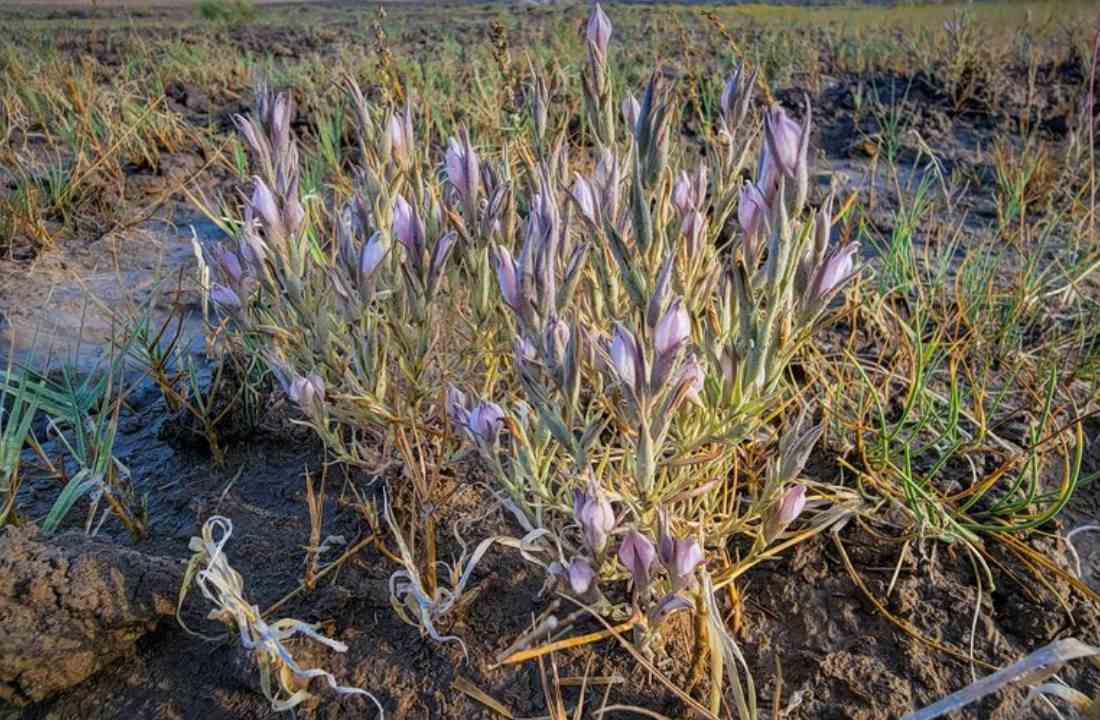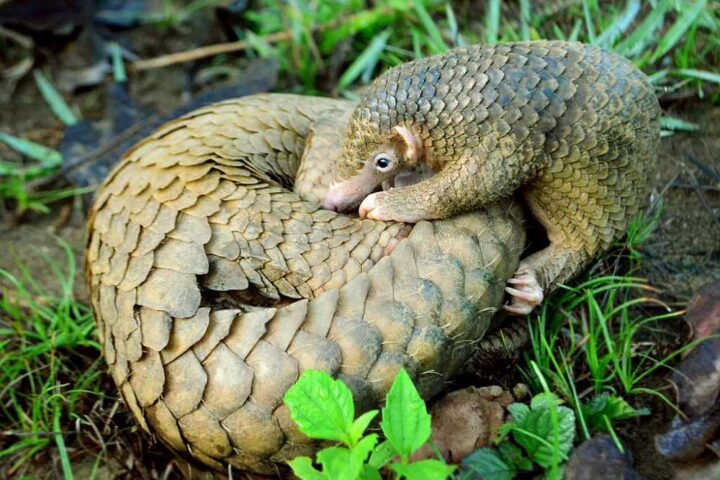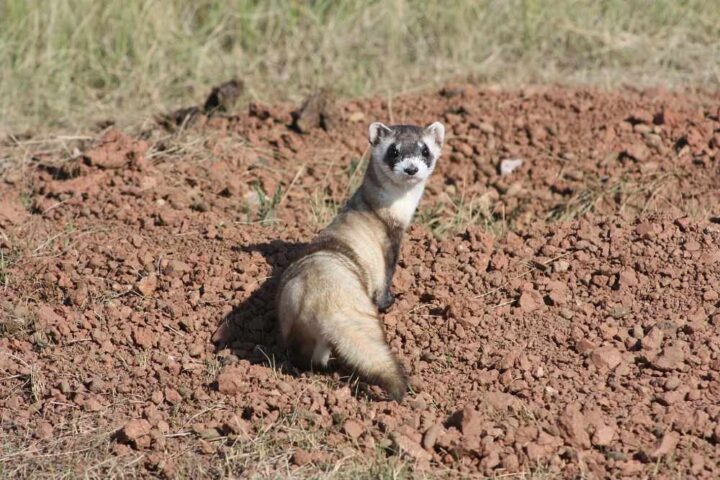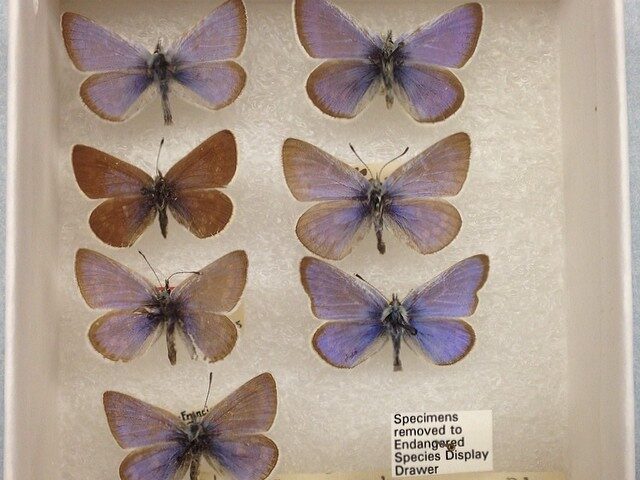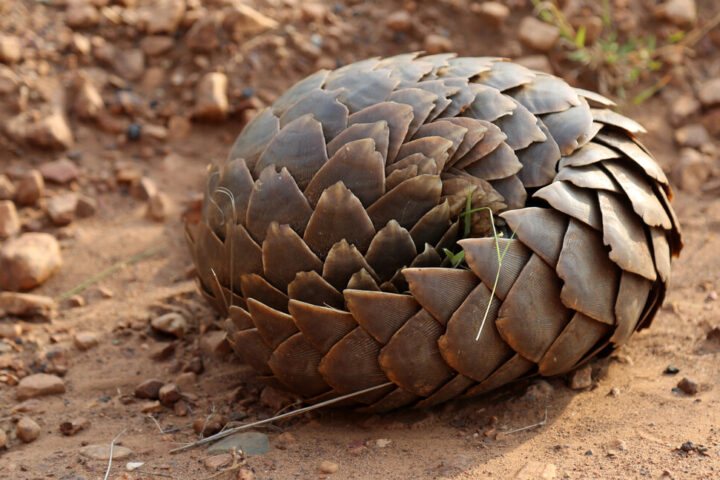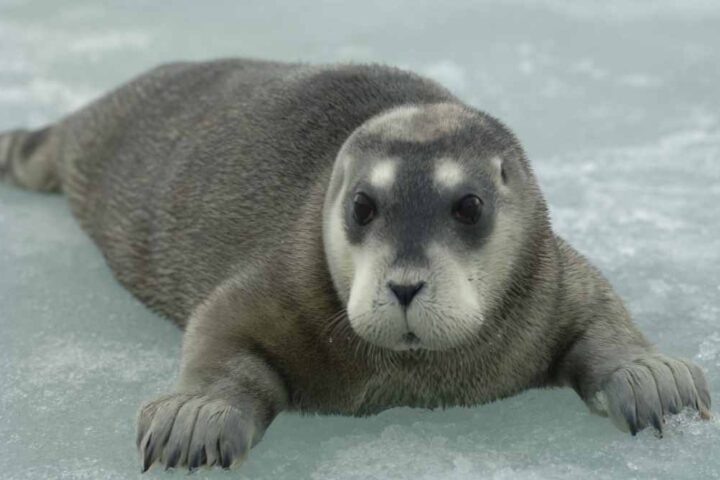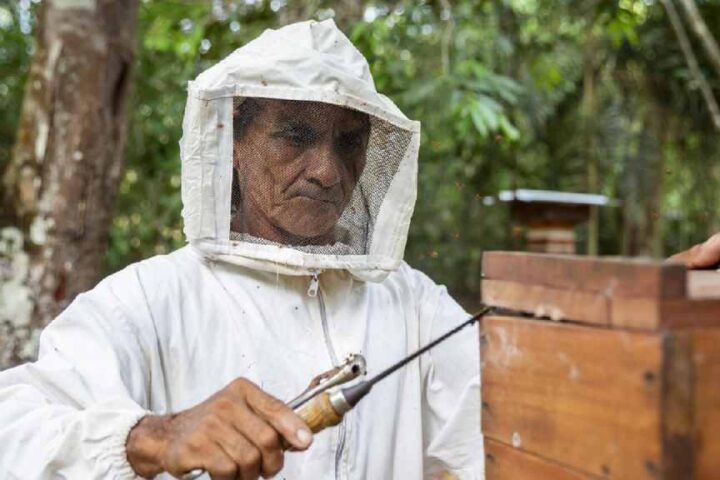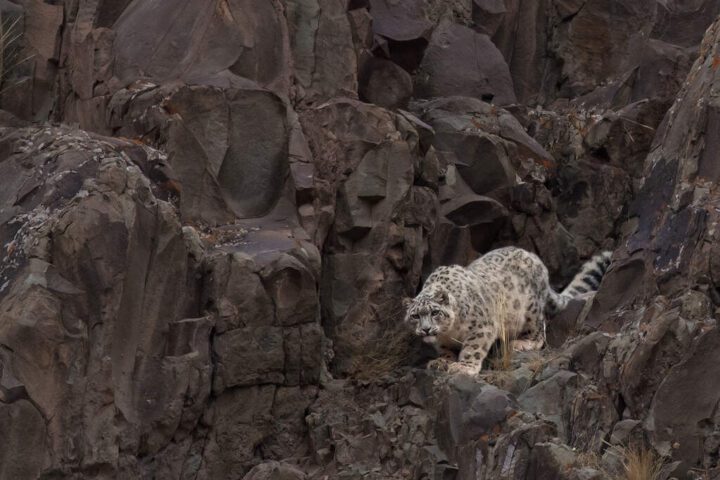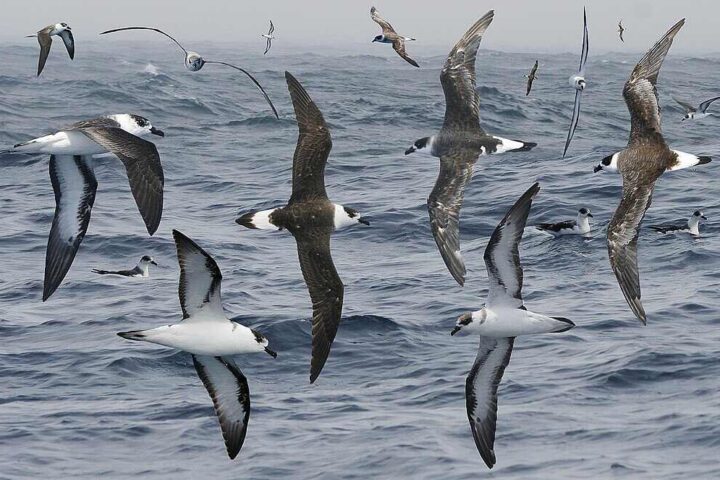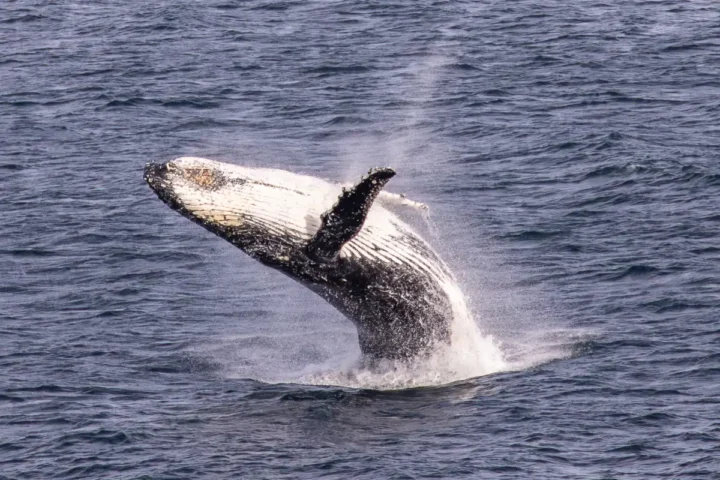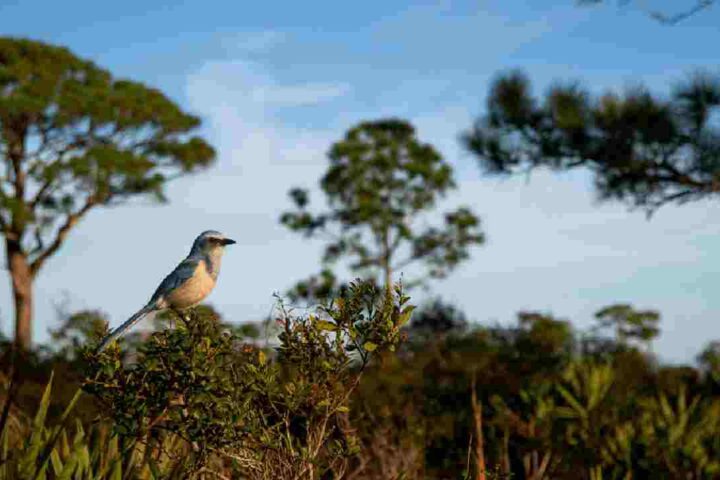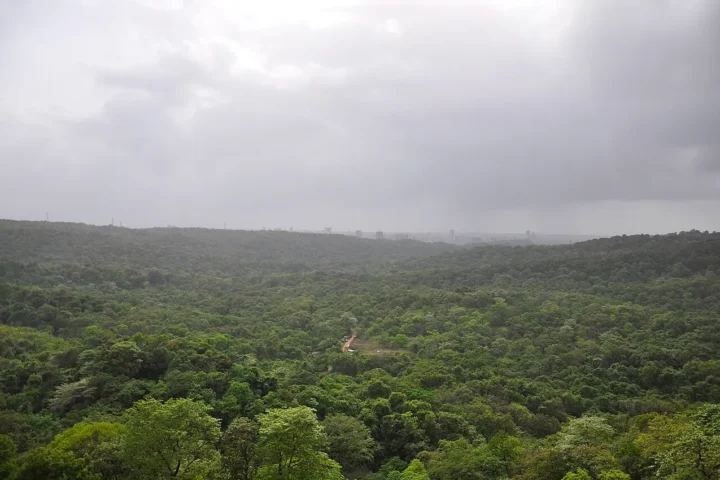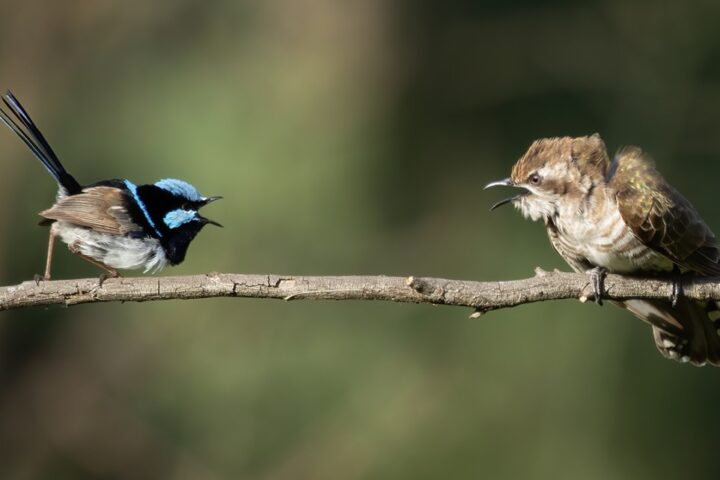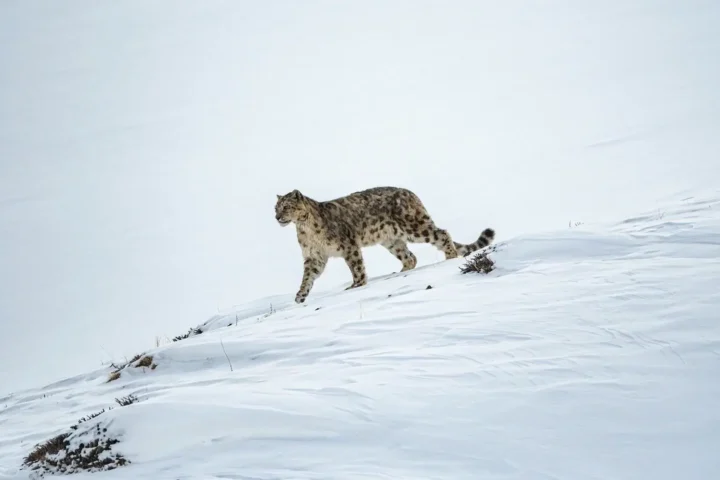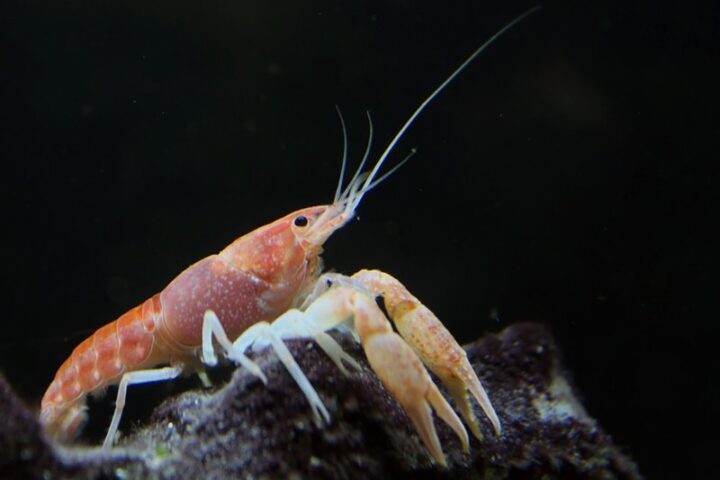A rare desert wildflower that depends on groundwater for survival is at the center of a new environmental lawsuit. The Center for Biological Diversity sued the U.S. Fish and Wildlife Service on July 1, 2025, seeking Endangered Species Act protections for the Tecopa bird’s beak, a plant that grows in just three locations across Nevada and California.
The lawsuit, filed in U.S. District Court in Las Vegas, accuses the federal agency of missing a critical deadline. After determining in October 2024 that the wildflower might qualify for protection, the Fish and Wildlife Service was required to make a final decision within 12 months – by September 26, 2024. That deadline has passed without action.
“As a groundwater-dependent species in the nation’s driest state, the Tecopa bird’s beak is uniquely vulnerable to extinction and needs to be protected,” said Patrick Donnelly, Great Basin director at the Center for Biological Diversity. “The Fish and Wildlife Service has delayed long enough.”
The Tecopa bird’s beak grows exclusively in groundwater-fed alkali wetlands, making it particularly sensitive to water depletion. Its survival is threatened by multiple human activities that impact groundwater levels. Agricultural pumping for alfalfa farming and to support Nevada’s largest dairy has caused water levels to drop in areas where the plant grows. Residential development in nearby Pahrump, Nevada, has further reduced groundwater that feeds the plant’s habitat in Tecopa, California.
New industrial threats have emerged as mining companies, including the proposed Rhyolite Ridge Mine, seek to extract lithium and other minerals from lands that include or affect the wildflower’s habitat. Energy production facilities, cattle grazing, and damage from off-highway vehicles pose additional dangers to the remaining populations.
Similar Posts
Botanist Peri Lee Pipkin, who conducted original research on the species for her master’s degree and co-authored the protection petition, joined the lawsuit. Her work significantly expanded scientific knowledge about the plant.
“Tecopa bird’s beaks are a vital part of the alkali wetland ecosystem and without urgent protections they could go extinct,” Pipkin said. “Biodiversity is what makes life on Earth possible, and every extinction pushes all of us closer to the brink of collapse.”
The lawsuit comes after a positive initial assessment by the Fish and Wildlife Service last year. In October 2024, the agency issued what’s called a “90-day finding” that determined the wildflower may qualify for endangered species protection based on the scientific evidence presented.

The Tecopa bird’s beak is found in just three populations – one in Fish Lake Valley, Nevada; another in Ash Meadows National Wildlife Refuge, Nevada; and a third near Tecopa, California. These groundwater-dependent wetlands are considered biodiversity hotspots in otherwise harsh desert environments.
If successful, the lawsuit would force the federal agency to make a timely decision on whether to list the species for protection, potentially leading to habitat conservation measures and restrictions on activities that threaten its survival.
